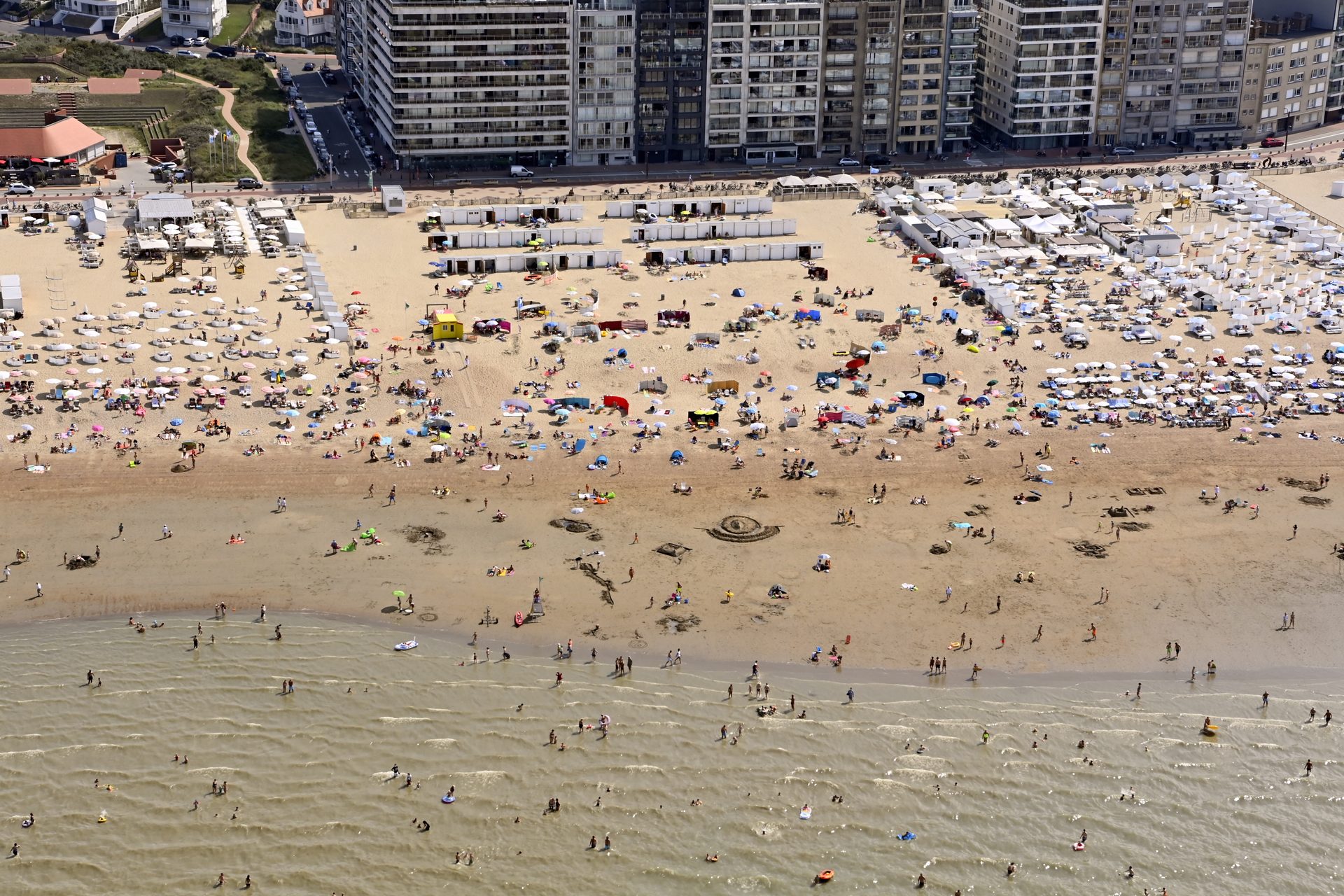Drownings in Belgium increase substantially during the summer months, claiming the lives of children and adolescents both in the expansive North Sea and in private swimming pools.
Recent data from the Belgian statistics institute, Statbel, reveal that drowning constitutes the primary cause of accidental death in the country for children under the age of six.
An average of around ten drownings annually occurred among those aged 0 to 24 between the years 2017 and 2020.
In a bid to avert such heartbreaking incidents, the Wallonia-Brussels Federation (FWB) has implemented mandatory swimming lessons in primary schools. The latest directive stipulates that by the end of Primary 6, a student should possess essential aquatic skills such as adopting a safe demeanour in water, buoyancy, propulsion, and swimming proficiency.
However, the implementation of this requirement belies a more complex reality. In a recent interview with Le Soir, Christine Toumpsin, head of the Institut Notre-Dame d'Anderlecht, revealed the practical challenges schools face in providing these crucial swimming lessons.
For her institution, organising a swimming class has become a formidable task. Students are forced to endure extensive travel times, and the choice between long metro rides or costly bus journeys is hardly ideal. In a poignant illustration of the issue, Toumpsin stated, "If students go there by metro, it takes two hours of (traditional) lessons for 20 minutes in the water. By bus, it becomes overpriced."
Challenges implementing swimming education
The challenge is exacerbated by an alarming lack of suitable infrastructure. The Ministry of Education, under the leadership of Caroline Désir, acknowledged this scarcity of resources as a significant impediment to effective swimming education. Many swimming pools, constructed in the last century, are closing down or undergoing extensive renovations, leaving a palpable void in this critical educational realm.
A study conducted in 2016 by French experts at the behest of the Association of Sports Establishments (AES) of the Wallonia-Brussels Federation underscores this shortfall. Serge Mathonet, the director of AES, underscored the severity of the situation in the Le Soir article, stating, "There are 150 public swimming pools identified in Wallonia, and, according to calculations, it would take 72 pools of 25 meters by fifteen more to meet the demand, especially for schools." Unfortunately, progress in this regard has been slow, with closures outpacing new constructions, despite private swimming facilities helping to alleviate some of the demand.
These challenges raise concerns not only for the safety of minors but also for their overall physical development. Alexandre Mouton, a faculty member at the University of Liège's Faculty of Medicine, highlighted in the Le Soir article the risks associated with inadequate swimming skills. "When a child is incapable of swimming, they are in peril once they enter the water," Mouton cautioned. The inability to swim not only jeopardises activities such as beach outings or lake excursions but also demands heightened vigilance even around private swimming pools.
Moreover, the lack of access to swimming instruction exacerbates a broader issue of physical literacy. According to ULiège professor Marc Cloes, an individual's overall physical well-being suffers when they lack basic athletic competence. “This deficiency not only impacts muscle development but also increases the likelihood of a sedentary lifestyle and related health issues,” he told Le Soir. Cloes went on to underscore that denying a child the opportunity to learn to swim hampers their comprehensive motor development.
The realm of private swimming facilities has not been immune to these challenges. While an influx of private pools opened their doors over the last decade, recent health and economic crises have tempered the enthusiasm. Philippe Legrand, the general administrator of Poseidon pool in Jemeppe-sur-Sambre, notes a decline in attendance in the Le Soir article, saying, "We welcome fewer children than before. Five years ago, we were full in August," indicating a 30 to 40% drop compared to the pre-COVID era.
The situation, however, varies by geographical area. In some municipalities, such as Rhodes-Saint-Genèse, private pool registrations are on the rise, reflecting a renewed interest in swimming education. But the overarching issue of equality of opportunity remains prominent. With private lessons costing between €30 to €115 per hour, social equity is a pressing concern. Precarious families often find themselves unable to afford such instruction, leaving tens of thousands of children potentially vulnerable.
The government's 2015 "Swimming Pool Plan," which allocated €110 million for pool renovations, represented a positive step. Yet, as Alexandre Mouton pointed out in Le Soir, not all swimming pools benefitted from these subsidies. In the absence of significant improvements, alternative solutions have emerged, offering a more affordable option than private lessons.
In the face of these challenges, the imperative to prioritise swimming education for all Belgian children remains clear. Bridging the gap between accessibility and safety is not only an educational endeavour but a vital mission to safeguard the well-being and future of the nation's youth.

